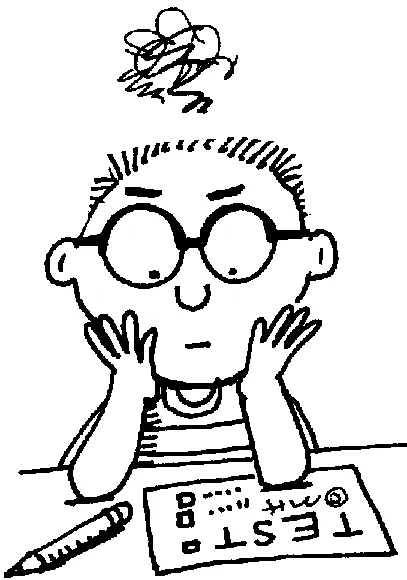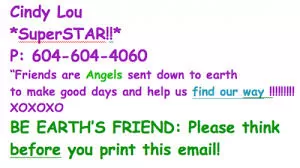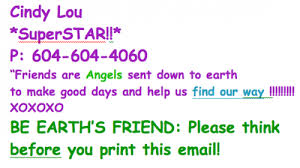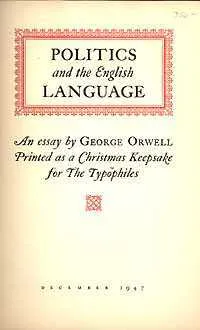MCAT Meltdown – Dealing with Test Anxiety

Testing for the new MCAT begins this month, on April 17th to be exact. Testing will go through September. You can see the full 2015 testing calendar here. If you are a registered test taker, you have undoubtedly been spending a good portion of your time studying and preparing.
For many test takers, the hours spent not studying are consumed by another activity – worry. Many people experience nervousness in preparation for an exam and especially on test day. Surprisingly, moderate levels of stress can actually be helpful. In preparation for the exam, it can help motivate you to study.
On test day, you can get a boost of adrenaline which can actually help you feel more mentally alert and can help you perform better. Problems arise though when this fear becomes excessive and debilitating. Like more general forms of anxiety, test anxiety is categorized as a psychological condition.
According to the Anxiety and Depression Association of America, test anxiety can cause emotional symptoms (fear & anger) as well as physical symptoms like nausea, headache, rapid heartbeat, light-headedness, and a shortness of breath. These physical symptoms can trigger a panic attack.
The behavioral/cognitive symptoms that arise from test anxiety often include negative thoughts and a difficulty concentrating. If you know you are prone to anxiety, especially test anxiety, then you will need to adopt coping mechanisms to help you throughout your MCAT experience.
Use your own tried and true methods, while keeping these tips in mind.
Managing anxiety DURING TEST PREPARATION:
- Maintain a balanced schedule - Study and prepare but don’t spend all of your time focusing on the MCAT as it will only serve to stress you out even more.
- Keep healthy – Eat right, exercise and get plenty of sleep. It will be more difficult to combat stress and anxiety if you are overtired and sick.
- Look at the big picture – Your entire self-worth is not dependent on this one exam and if it doesn’t go well, you will have other chances. Putting undue pressure on the situation will only create more stress.
- It matters what you tell yourself – Instead of saying “I’m nervous,” say “I’m excited.” This can help transform some of the anxiety and in reality, you are excited because taking this test is moving you forward to where you want to go.
- Practice relaxation techniques – Dr. Andrew Weil swears by a breathing technique which has been described as a natural tranquilizer. Try 4-7-8. Breathe in for four counts, hold for seven counts and the release the breath with your mouth open and hold the tip of your tongue behind your front teeth for eight counts. Repeat this three times.
Managing anxiety ON TEST DAY:
- Utilize relaxation techniques – It’s time to use the techniques you practiced! Take calming deep breaths and say to yourself “All shall be well. All matters of things shall be well.” Research on meditation has shown that the prefrontal cortex, the area of the brain in charge of abstract thinking and critical analysis, responds to positive slogans, exercise and mindfulness.
- Take a pause – If you begin to panic on test day, then allow yourself a quick break and to breathe and regroup.
- Focus on you – Test anxiety often comes from dysfunctional cognitive-behavioral patterns, like comparing yourself to others. Do your best to concentrate on YOU!
If you have strategies for managing test anxiety, please comment below!







